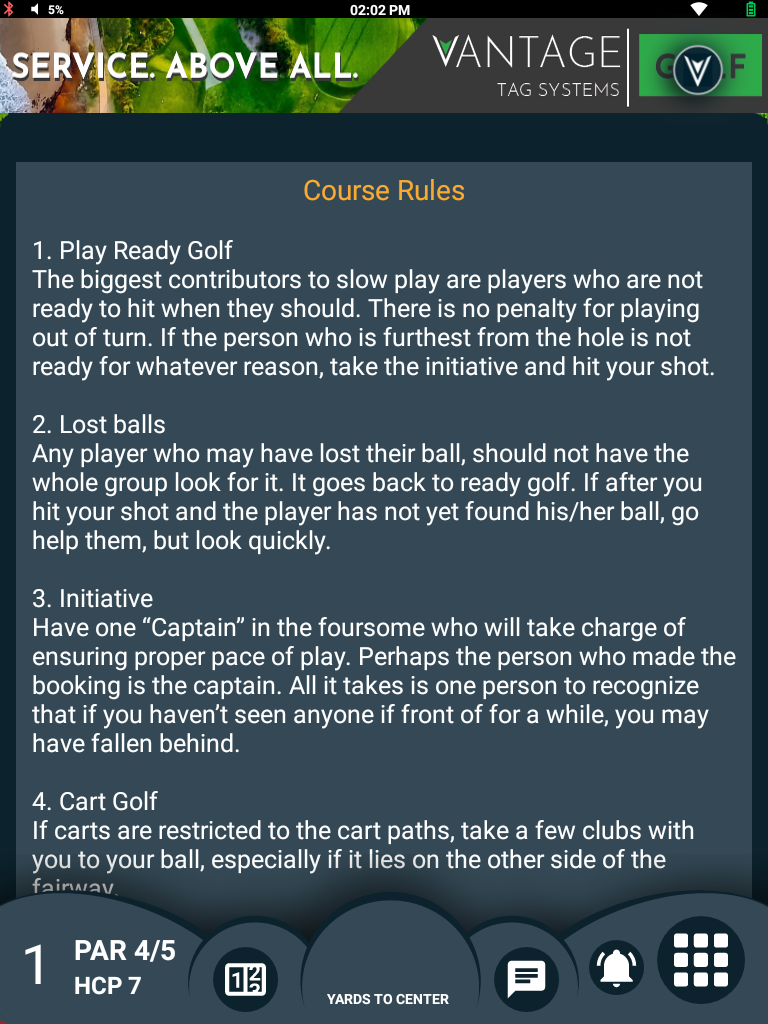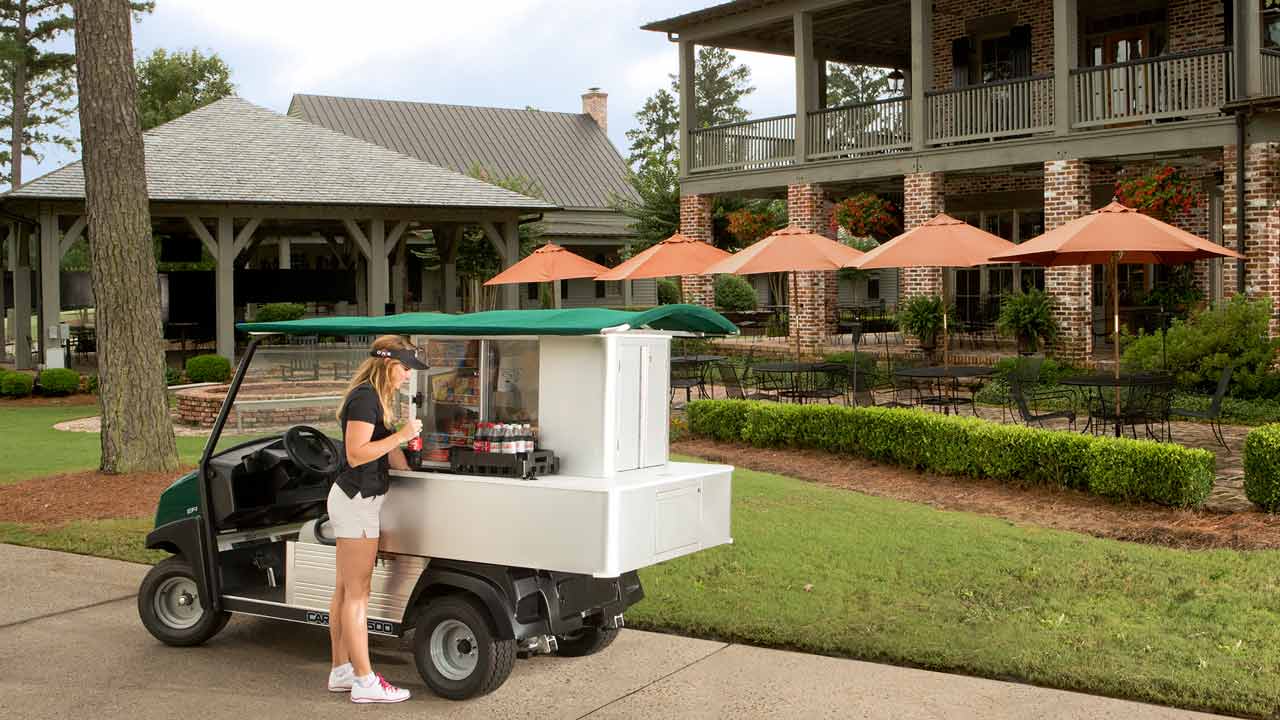Social distancing on the golf course
By Bill Healey
It's been roughly ten-months since the arrival of Covid-19, which has severely impacted national economies and sent many companies into bankruptcy. Golf is no exception as golf courses have searched for ways to innovate to keep their local golfers safe while adjusting to the loss of in-bound golf tourism. One good sign for golf courses around the world is that there is still a significant demand -- golfers remain interested in getting onto the golf course, noting the excessive space allows them to remain safe, and socially distanced.

Though considered a “non-essential service”, many golf courses have continued to push regional associations and governments to allow their businesses to remain open, citing the natural social distancing provided on the golf course. In a business where most of the patrons spend hours outdoors on a property of 60 hectares (150 acres) or more, it seems a natural place for social distancing, limiting exposure and preventing the spread of Covid-19 between people. The golfers typically don’t need to be within 2-metres of each other, unless they wish to be.
In a sport where groups of golfers are typically separated by 8 to 10 minute tee-off intervals and the resulting 200-270 meter separation between groups, it would seem social distancing would be simple. Typically with golfers hooking, slicing and hitting shots of different lengths, there would be little need to control distancing, other than on the greens. However, most courses do have natural bottlenecks where groups tend to stack-up, at par-3 holes for instance, creating concerns for the congregating of groups.

Single-rider Golf Carts: Growing up playing golf, it was common for many on our course to walk. The use of motorized golf carts was infrequent, so we were naturally distanced as we all tee-off and then took our separate paths from shot to shot until we all met again at the green.
At many courses these days however, golfers have been required to take a golf cart, helping increase the speed of play, allowing the golf club to get more golfers on the course and generating more revenue. The issue with most golf carts is that they are two person carts, where the golfers are seated shoulder-to-shoulder without any space. In the case of most Asian courses, add in a couple golf caddies riding on the back of the cart and you have four people within close proximity.
There have been a number of new releases of “single-rider carts” whereby a golfer can jettison off on their own, with significant distance between themselves and others between tee and green. Most allow space simply for the golfer and golf kit. There are a few options where there is also space for a caddy to ride on back, with significant distance between caddy and golfer.
Monitoring Social Distancing from the Clubhouse:
Though there is enough space on any golf course for all golfers to be properly socially distanced, there will be bottlenecks where foursomes tend congregate.
Several companies have developed tools to monitor social distancing. Originally designed to monitor slow-play, these tools have been modified to track both slow-play and proper social distancing, helping maintain a safe environment for all.
Through a “geo-tag” the golf staff in the clubhouse can monitor the location of each golfer, each caddy, and each golf cart throughout the course. In the past, the course-wide geo-display has assisted the golf staff and marshals in monitoring slow-play, identifying where bottlenecks are occurring. Staff would then notify the group and instruct them to speed-up play. These same geo-displays are now being used to see where golfers are getting too close, violating the club’s rules on social distancing. Messages can be sent from the clubhouse to the golfer(s), asking them to increase space with other golfers.
Reporting through these geo-tag solutions will allow the club to review historical flow and pinpoint spots on the course that may be social distancing troublespots so that they can make appropriate modifications that may include: a) increased parking areas on par-three tee-boxes to allow a couple groups to be effectively distanced, b) further training of caddies to have them recommend the proper paths and parking spots for proper distancing.
These geo-distancing tools have successfully helped improve the golfer’s safety while on the golf course.
Aside from technology, golf associations around the world have been setting guidelines to protect golfers. These have included discouraging golfers from removing flagsticks and touching sand trap rakes. Some courses have been raising cups or wrapping flagsticks to keep balls from going into cups.

F&B at the Club:
A more difficult place to monitor social distancing has been in the F&B outlets at each club. Typically golfers have congregated at the halfway house, at the 19th hole and in the grill.
Most clubs have closed their halfway houses, and have made a move to “beverage carts” whereby golfers can order their drinks or snacks through a handheld device, or on their golf cart’s geo-positioning device. F&B requests are then delivered to the golfer’s location by carts, helping maintain social distancing and even maintaining a good pace of play.

Within the clubhouse however, most golf clubs have needed to maintain 50% capacity or less, as most non-course restaurants and bars have needed to do.
As golf is considered a non-essential service around the world, club managers have done well to adjust to current conditions. Social distancing is monitored, helping clubs maintain appropriate safety whether on the golf course or in the clubhouse, which is then rewarded by governments keeping courses open.
In-bound, foreign golf travel has been hit a bit hard as international travel has been restricted in almost every country. Clubs have been making the best of it by maintaining and improving communications with members and local golfers to cover the loss due to the reduction in golf travel.
Most see the impact of Covid-19 as a temporary issue and have made appropriate modifications to remain open.









